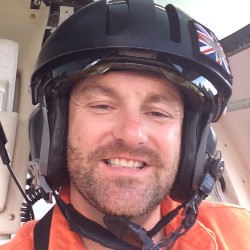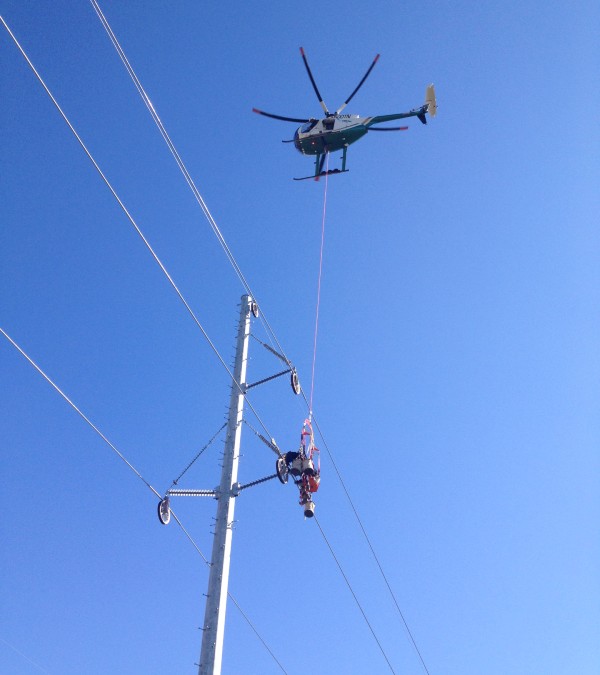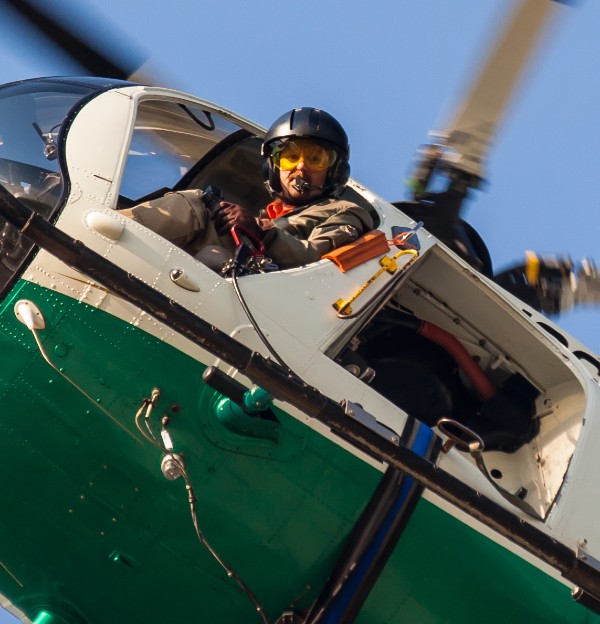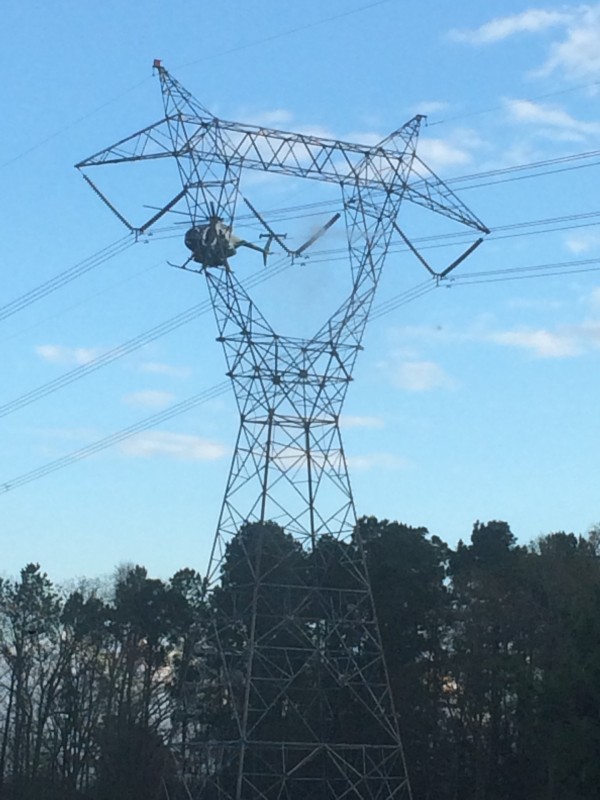使用Player FM应用程序离线!
RWS 91 – Helicopter Powerline Operations with David McColl
已归档的系列专辑 ("不活跃的收取点" status)
When?
This feed was archived on February 13, 2024 11:08 (
Why? 不活跃的收取点 status. 我们的伺服器已尝试了一段时间,但仍然无法截取有效的播客收取点
What now? You might be able to find a more up-to-date version using the search function. This series will no longer be checked for updates. If you believe this to be in error, please check if the publisher's feed link below is valid and contact support to request the feed be restored or if you have any other concerns about this.
Manage episode 269019739 series 169835

The general line thrown out there is that most helicopter pilots try to spend their careers staying away from wires – the guys and girls flying in the powerline industry get right up close as part of their job. David McColl is a powerline pilot in the US and has built up experience in a number of the different types of operations that helicopters perform on the powerlines.
David switched careers from a ground soldier in the UK and as a security contractor across to helicopters – his first experience was in the back of a Chinook and figured this flying gig looked pretty good.
He trained on the H269 in Florida and after some hard work put into networking and going out to talk to companies resulted in a lucky break and two different job offers immediately on finishing training. David shares some advice on how to make your own luck around this too.
“It usually takes at least a year if I’ll time training to get from private to CFI. I did it in 9 months and then immediately started flying pipeline patrol.”
I treated flight school like a full-time job and I had some great instructors and encouragement from family and friends.
“I transitioned into the MD500 and Bell 206 very quickly in my career. It was a trial by fire. My MD500 training consisted of a 42 min flight. I had to make the best of it through YouTube videos, other pilots and reading up in the RFM.”
“I had an engine flame out in my first 7 hours which was my fault for not having my anti ice on and flying in snow. My engine flamed out about 8 ft above the ground while I was in the hover at an airport, the training kicked in and I carried out a hover auto, it was a non-event for the helicopter. Once on the ground the re-igniter kicked in and relit the engine. I have my initial instructor and my CFI instructor to thank for that.”

Like any specialised field once you dig into it there are all kinds of nuanced operations. A helicopter licence is only just the ticket to get in the door.
In this episode David walks us through powerline patrolling, LIDAR, insulator washing, marker ball placement, human external carriage (HEC), tower transfer, platform work, construction and stringing tasks.
Podcast: Subscribe in iTunes | Play in new window | Download
Links from this week’s episode:
Support the podcast on Patreon
Rotor Blade LLC – The helicopter utility company that David is chief pilot at.


Do you have a question for David or tips from your own experience? Be part of the conversation by leaving a comment below.
The post RWS 91 – Helicopter Powerline Operations with David McColl appeared first on The Rotary Wing Show Podcast.
112集单集
已归档的系列专辑 ("不活跃的收取点" status)
When?
This feed was archived on February 13, 2024 11:08 (
Why? 不活跃的收取点 status. 我们的伺服器已尝试了一段时间,但仍然无法截取有效的播客收取点
What now? You might be able to find a more up-to-date version using the search function. This series will no longer be checked for updates. If you believe this to be in error, please check if the publisher's feed link below is valid and contact support to request the feed be restored or if you have any other concerns about this.
Manage episode 269019739 series 169835

The general line thrown out there is that most helicopter pilots try to spend their careers staying away from wires – the guys and girls flying in the powerline industry get right up close as part of their job. David McColl is a powerline pilot in the US and has built up experience in a number of the different types of operations that helicopters perform on the powerlines.
David switched careers from a ground soldier in the UK and as a security contractor across to helicopters – his first experience was in the back of a Chinook and figured this flying gig looked pretty good.
He trained on the H269 in Florida and after some hard work put into networking and going out to talk to companies resulted in a lucky break and two different job offers immediately on finishing training. David shares some advice on how to make your own luck around this too.
“It usually takes at least a year if I’ll time training to get from private to CFI. I did it in 9 months and then immediately started flying pipeline patrol.”
I treated flight school like a full-time job and I had some great instructors and encouragement from family and friends.
“I transitioned into the MD500 and Bell 206 very quickly in my career. It was a trial by fire. My MD500 training consisted of a 42 min flight. I had to make the best of it through YouTube videos, other pilots and reading up in the RFM.”
“I had an engine flame out in my first 7 hours which was my fault for not having my anti ice on and flying in snow. My engine flamed out about 8 ft above the ground while I was in the hover at an airport, the training kicked in and I carried out a hover auto, it was a non-event for the helicopter. Once on the ground the re-igniter kicked in and relit the engine. I have my initial instructor and my CFI instructor to thank for that.”

Like any specialised field once you dig into it there are all kinds of nuanced operations. A helicopter licence is only just the ticket to get in the door.
In this episode David walks us through powerline patrolling, LIDAR, insulator washing, marker ball placement, human external carriage (HEC), tower transfer, platform work, construction and stringing tasks.
Podcast: Subscribe in iTunes | Play in new window | Download
Links from this week’s episode:
Support the podcast on Patreon
Rotor Blade LLC – The helicopter utility company that David is chief pilot at.


Do you have a question for David or tips from your own experience? Be part of the conversation by leaving a comment below.
The post RWS 91 – Helicopter Powerline Operations with David McColl appeared first on The Rotary Wing Show Podcast.
112集单集
所有剧集
×欢迎使用Player FM
Player FM正在网上搜索高质量的播客,以便您现在享受。它是最好的播客应用程序,适用于安卓、iPhone和网络。注册以跨设备同步订阅。




